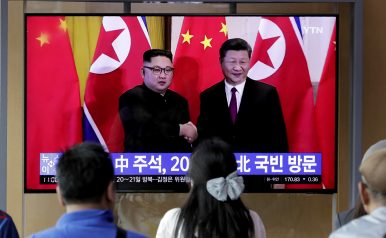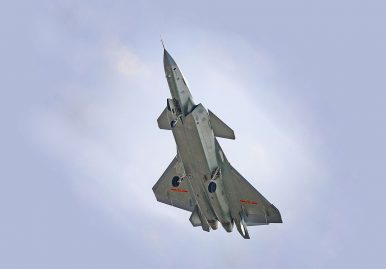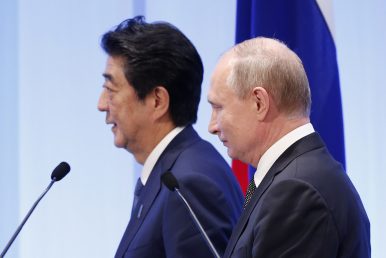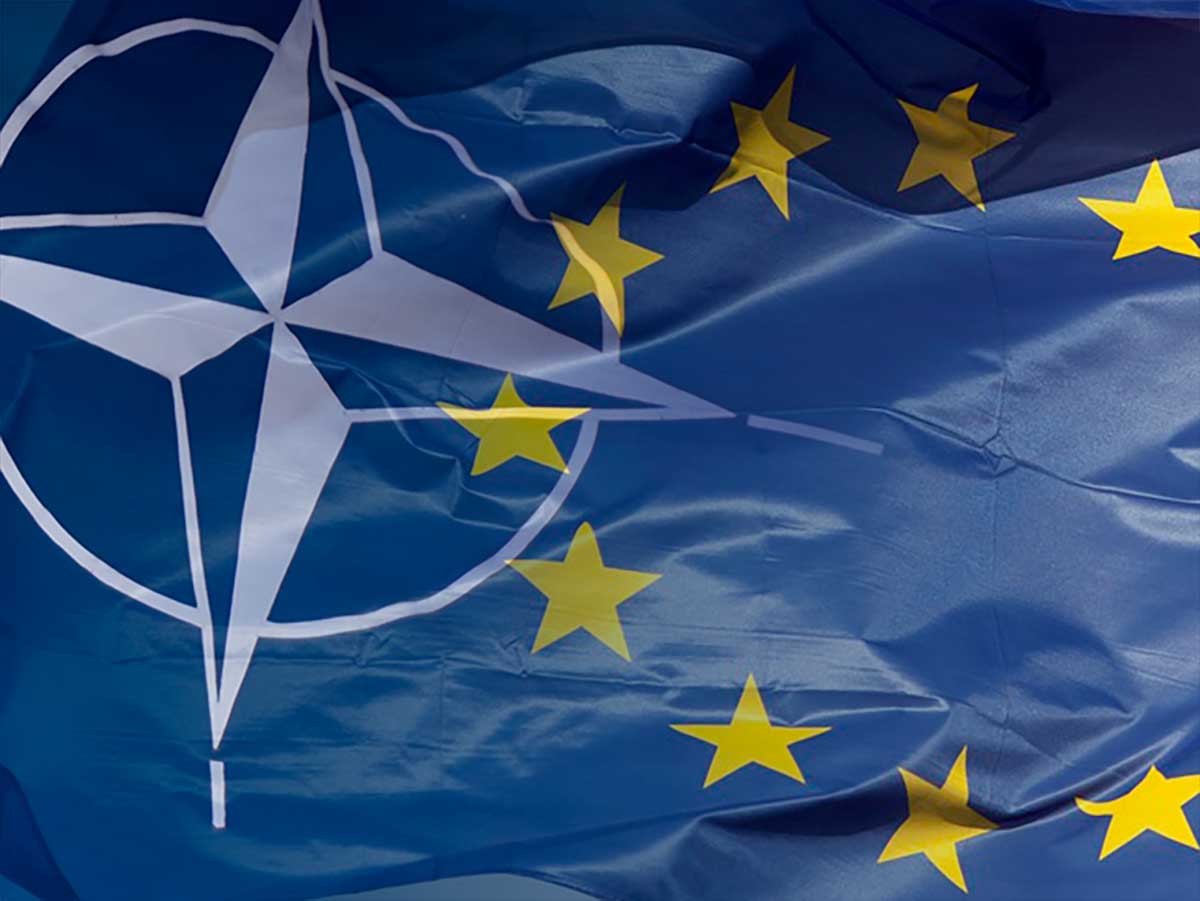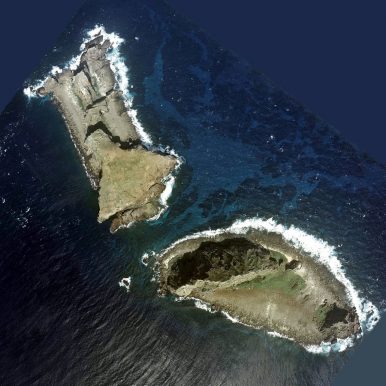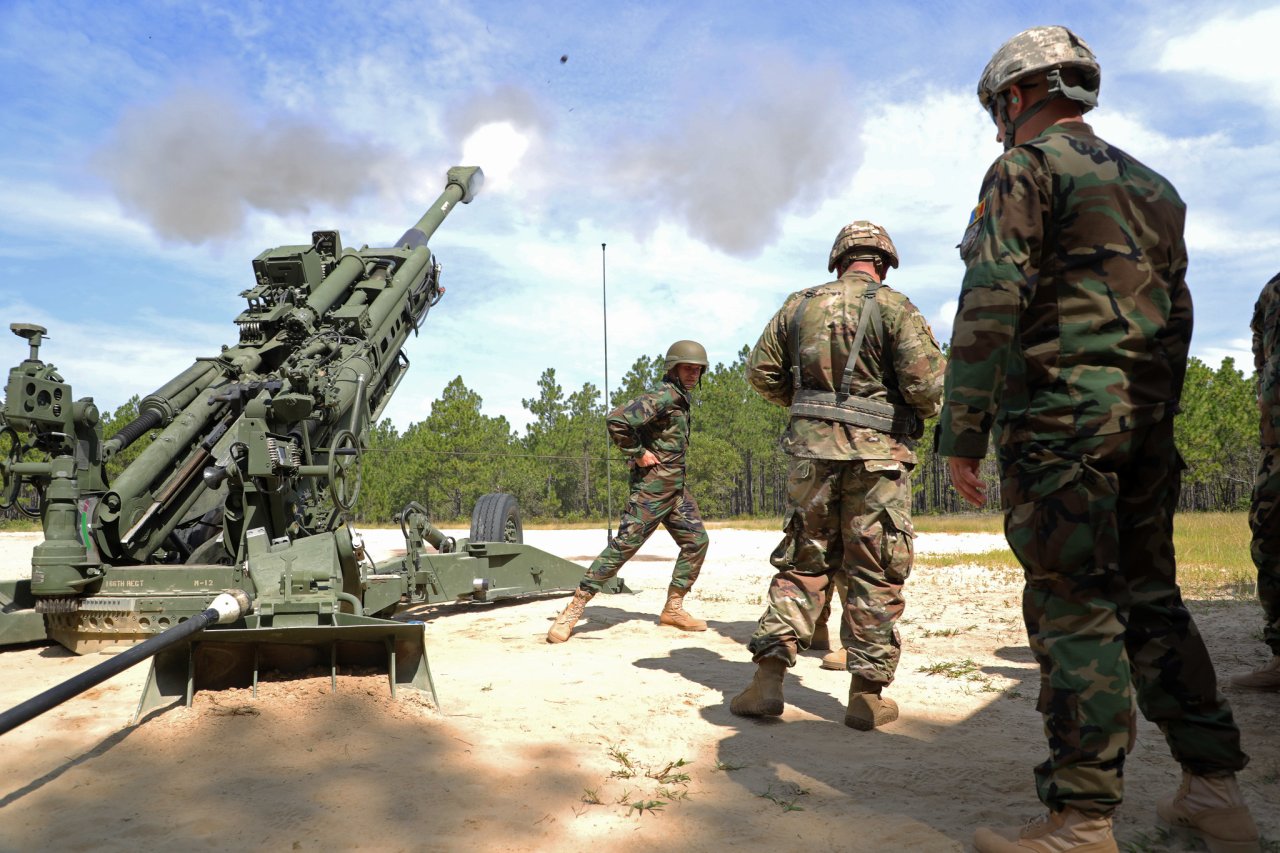 China's Belt and Road Initiative will compel India to deepen its engagement with its neighbors under Prime Minister Narendra Modi's "Neighborhood First" policy, as peripheral nations in South Asia seek to maximize their benefits from the competition between Beijing and New Delhi. Because India wishes to maintain its regional influence to guarantee national security, it will prioritize investment and diplomatic overtures to countries like the Maldives, Sri Lanka, Bhutan, Nepal and Bangladesh. But as India seeks to cultivate its influence on the periphery, it will find it difficult to compete with China and its Belt and Road Initiative given Beijing's superior access to capital through state-owned enterprises.
China's Belt and Road Initiative will compel India to deepen its engagement with its neighbors under Prime Minister Narendra Modi's "Neighborhood First" policy, as peripheral nations in South Asia seek to maximize their benefits from the competition between Beijing and New Delhi. Because India wishes to maintain its regional influence to guarantee national security, it will prioritize investment and diplomatic overtures to countries like the Maldives, Sri Lanka, Bhutan, Nepal and Bangladesh. But as India seeks to cultivate its influence on the periphery, it will find it difficult to compete with China and its Belt and Road Initiative given Beijing's superior access to capital through state-owned enterprises.
Since winning a landslide reelection in May, Indian Prime Minister Narendra Modi's government has taken major strides toward advancing his country's grand strategy. Most prominently, Modi revoked Jammu and Kashmir's autonomous status on Aug. 5 to strengthen the country's territorial unity, much to the consternation of archrival Pakistan. And against the backdrop of that momentous decision, Modi's government is pursuing another element of its grand strategy as well: preserving its sphere of influence. With that in mind, New Delhi has recently beaten a path to the door of the Maldives, Sri Lanka, Bhutan, Nepal and Bangladesh. But with China more than prepared to open the checkbook to dazzle the region with infrastructure projects as part of the Belt and Road Initiative, India knows it can ill-afford to neglect its backyard, meaning Modi's "Neighborhood First" policy will be front and center as he begins his second term in office.
The Big Picture







